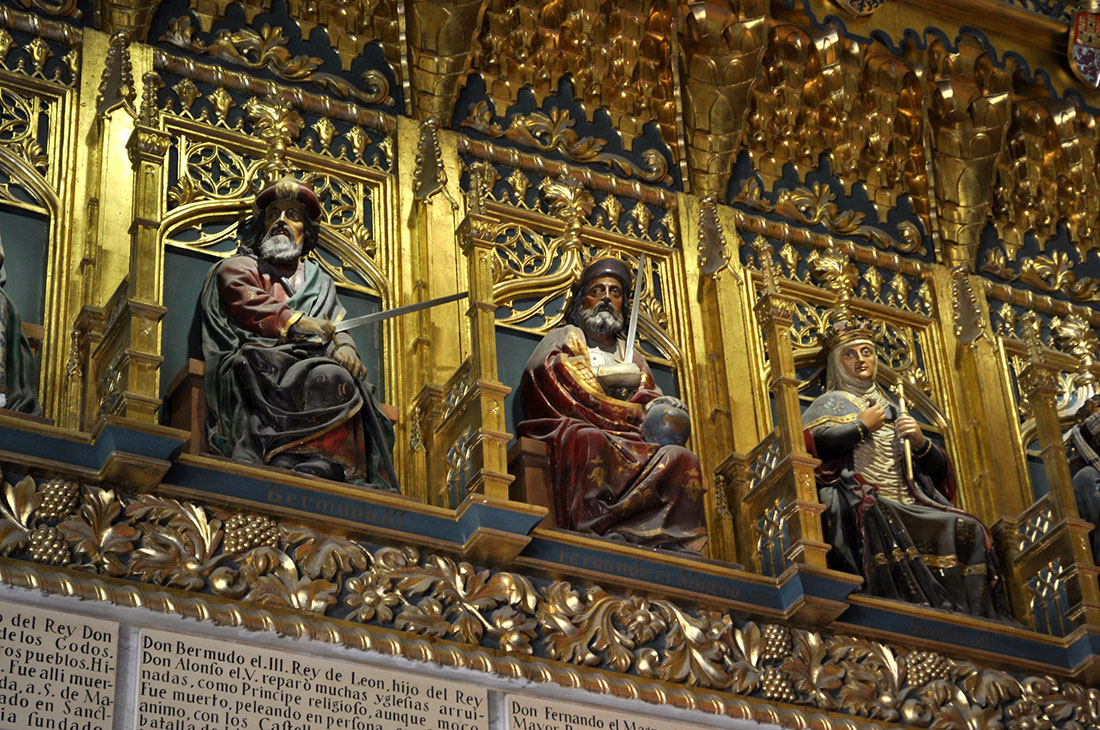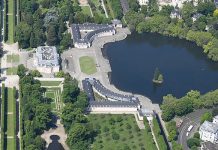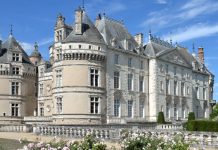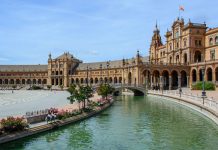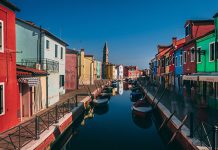Among numerous castles of Spain built on the Iberian Peninsula, few can boast such a long history as the Alcazar of Segovia. This citadel, located on a rocky ledge, has been the favorite residence of the Spanish monarchs for a long time.
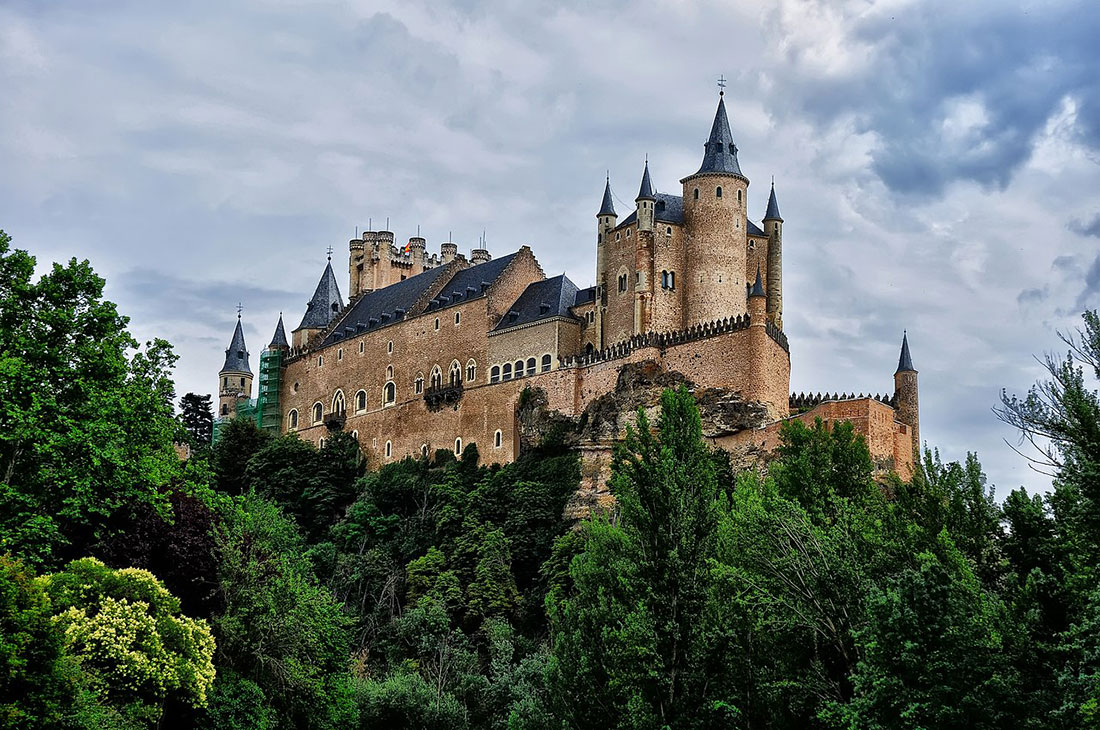
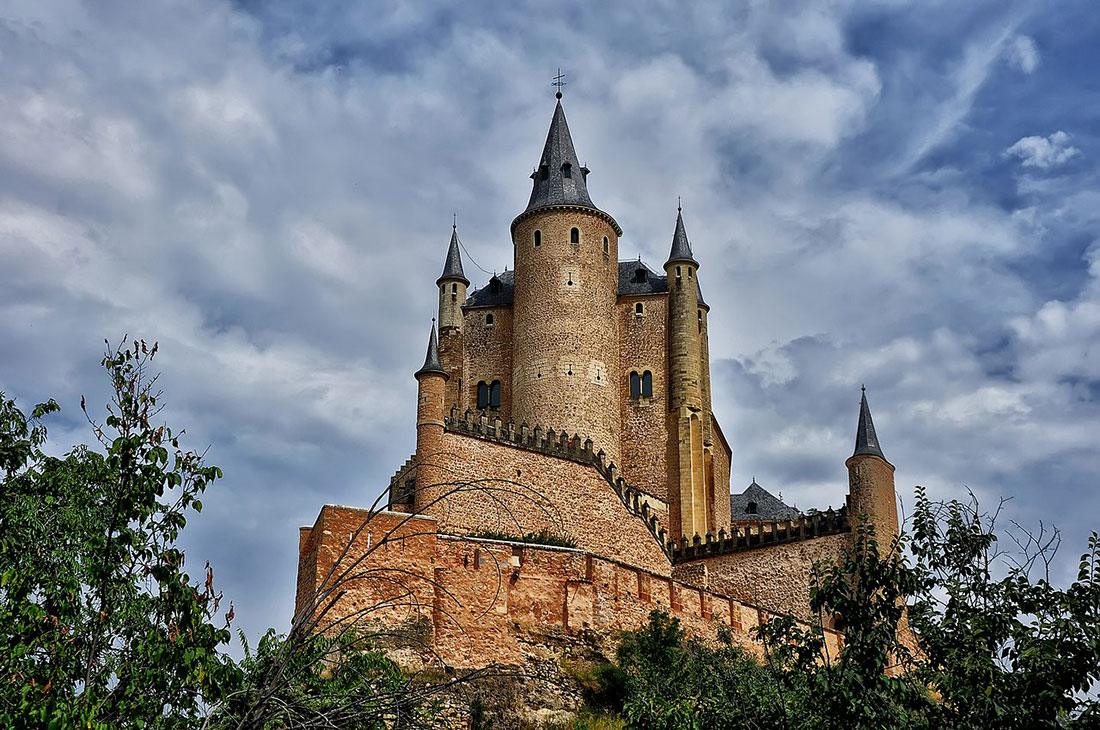
The name “Alcazar” indicates that the history of this castle dates back to the beginning of Moorish rule in the Iberian Peninsula. The Moors built their “Alcazars” (citadels) in a number of places in today’s Spain and Portugal. It is not known exactly when they erected the fortress of Segovia, but most likely it was between the 7th and 9th centuries. In the 20th century, when archaeological excavations were carried out in the city, evidence was found that the forts or fortifications here had already been built during the time of Roman rule and were probably destroyed by the Visigoths before the Arabs conquered Spain. In 1085, the troops of Alfonso VI expelled the Saracens from Segovia, easily taking the wooden fortress, which was destined to turn into one of the most beautiful castles in Spain.
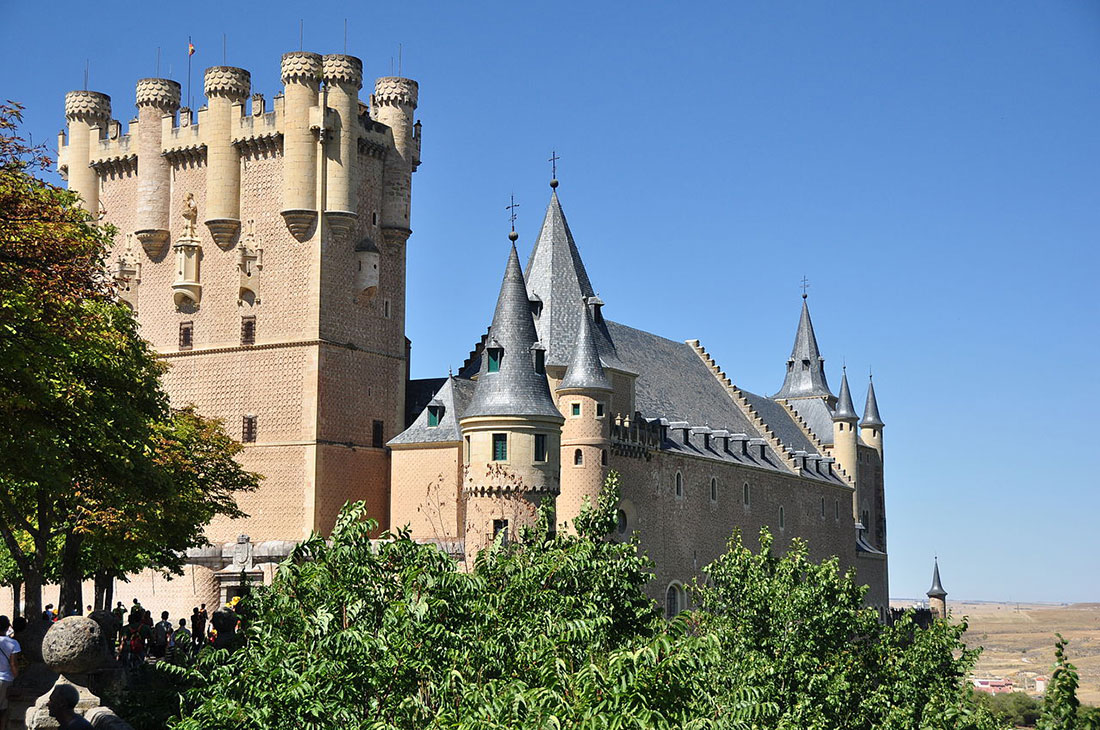
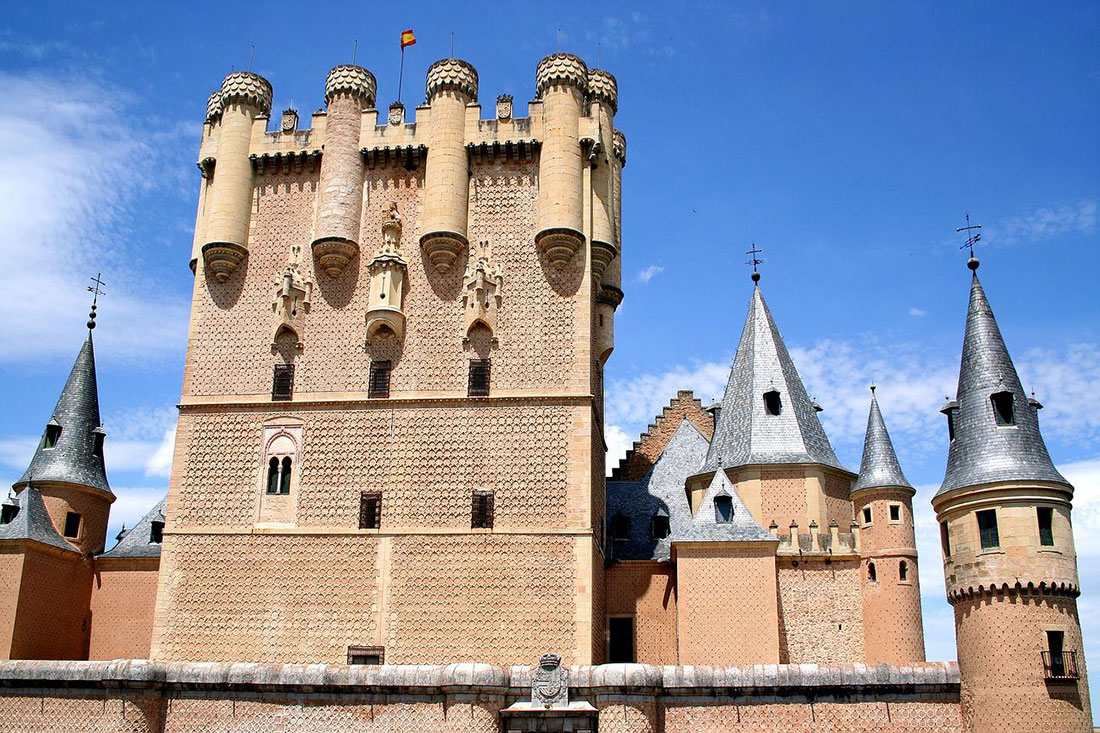
Although it is believed that a fort has existed on the site since Roman times, the first known written mention of the Alcazar of Segovia is found in Christian records from the 12th century. This is a unique fortification located at the confluence of the Clamores and Esrema rivers, not far from the mountains of Guadarrama. It started as an Arab fort, and in the 13th century the Alcazar of Segovia evolved from a military fortress into a luxurious residence and was gradually renovated in the Gothic style.
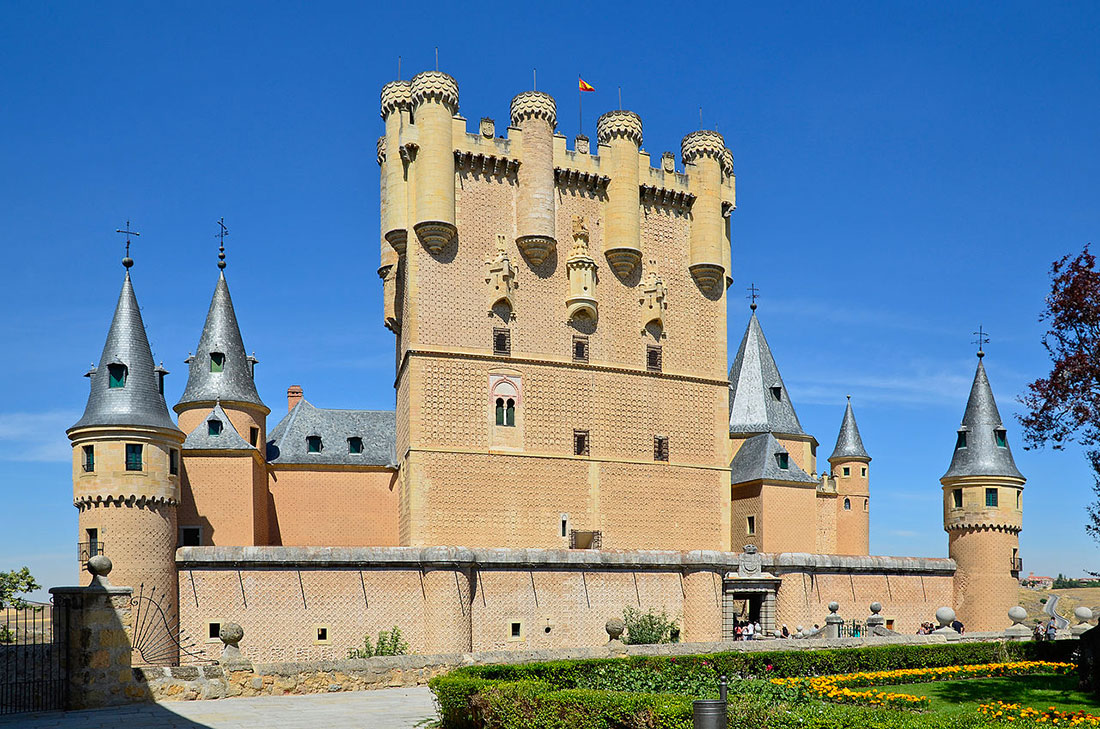
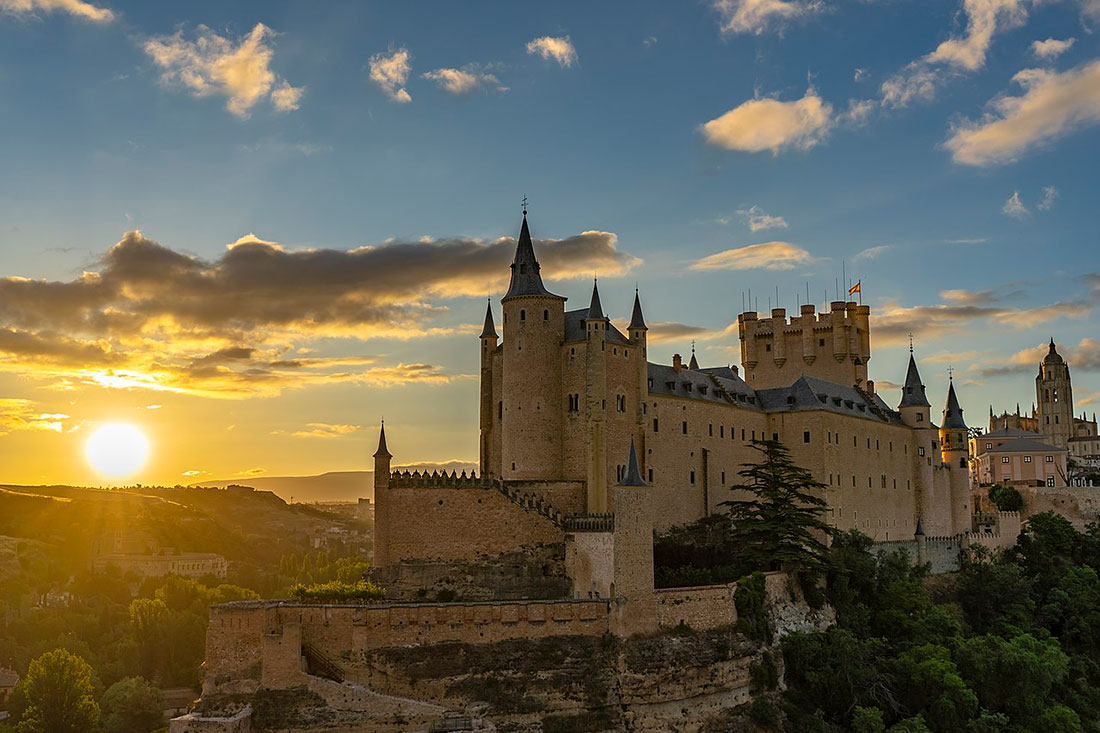
The Alcazar of Segovia is an imposing medieval fortress that embodies the best features of what we usually consider to be the perfect fairy tale castle, from picturesque turrets and walls to its perky clifftop location

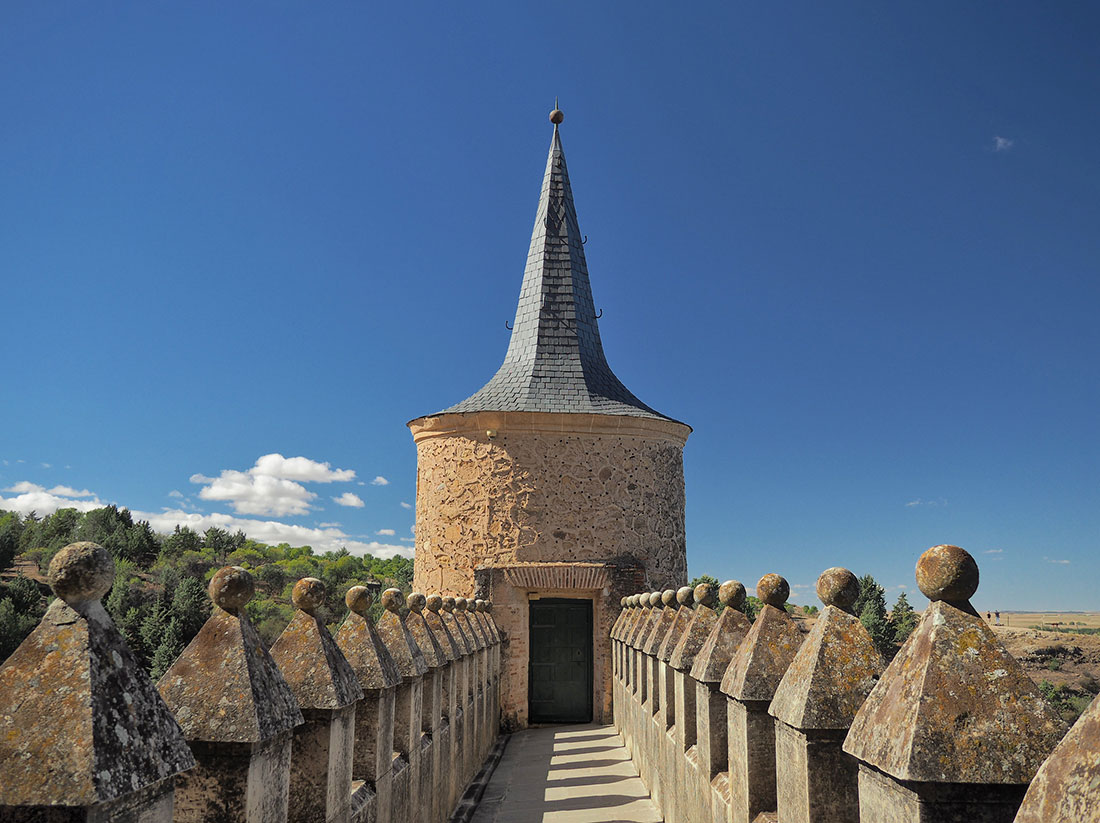
It later became the family home for the monarchs of the House of Trastamara, a side branch of the House of Burgundy, and has undergone a number of changes and expansions. Several buildings of the Alcazar from the time of Alfonso VIII have survived: the Great Hall and the Royal Apartments, a gallery on the north side of the castle and the armory. In 1258, King Alfonso X, nicknamed the Wise, narrowly escaped death when one of the parts of the castle suddenly collapsed. After this incident, works on the alteration were immediately started, during which the Hall of the Monarchs was built – a room where important meetings and ceremonial receptions were held.
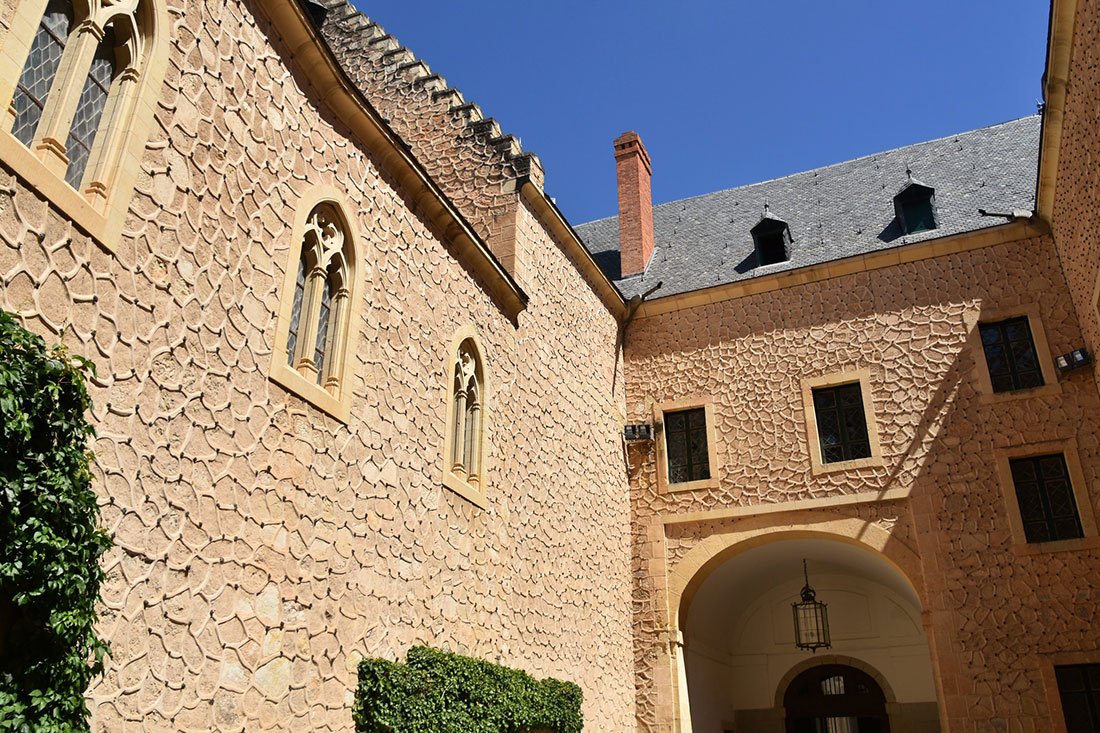
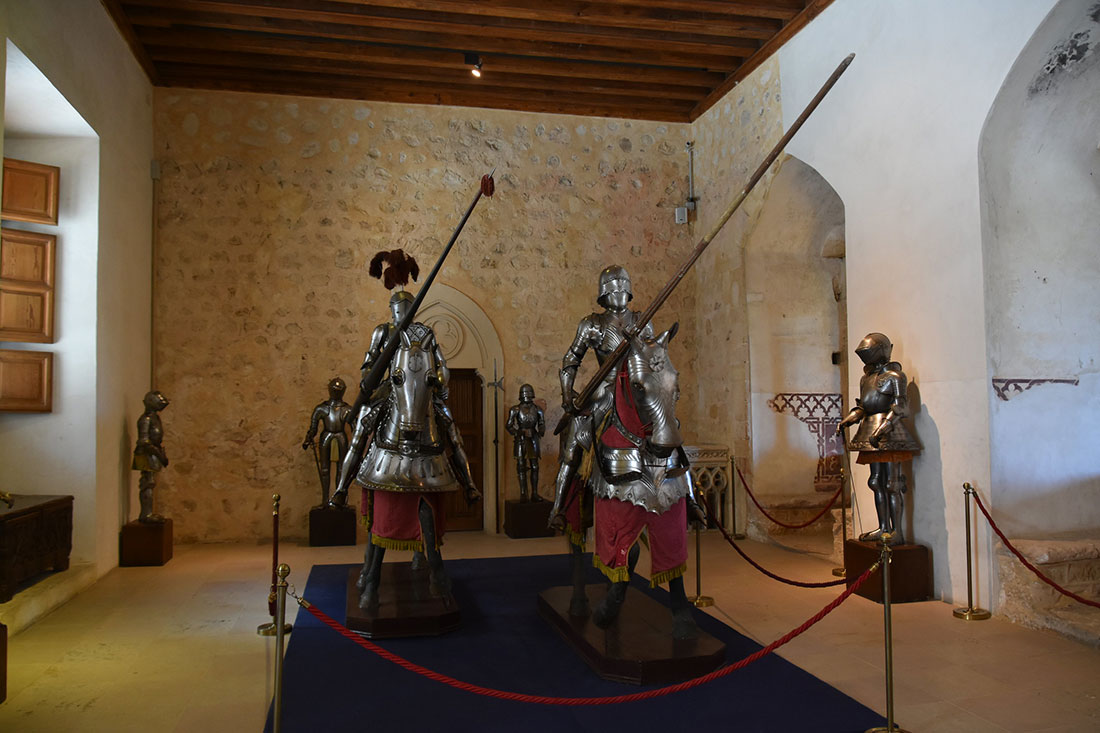
In the first half of the 15th century, during the reign of King Juan II of Castile, the tallest structure of the Alcázar castle was built – the New Tower, today known as the Tower of Juan II.
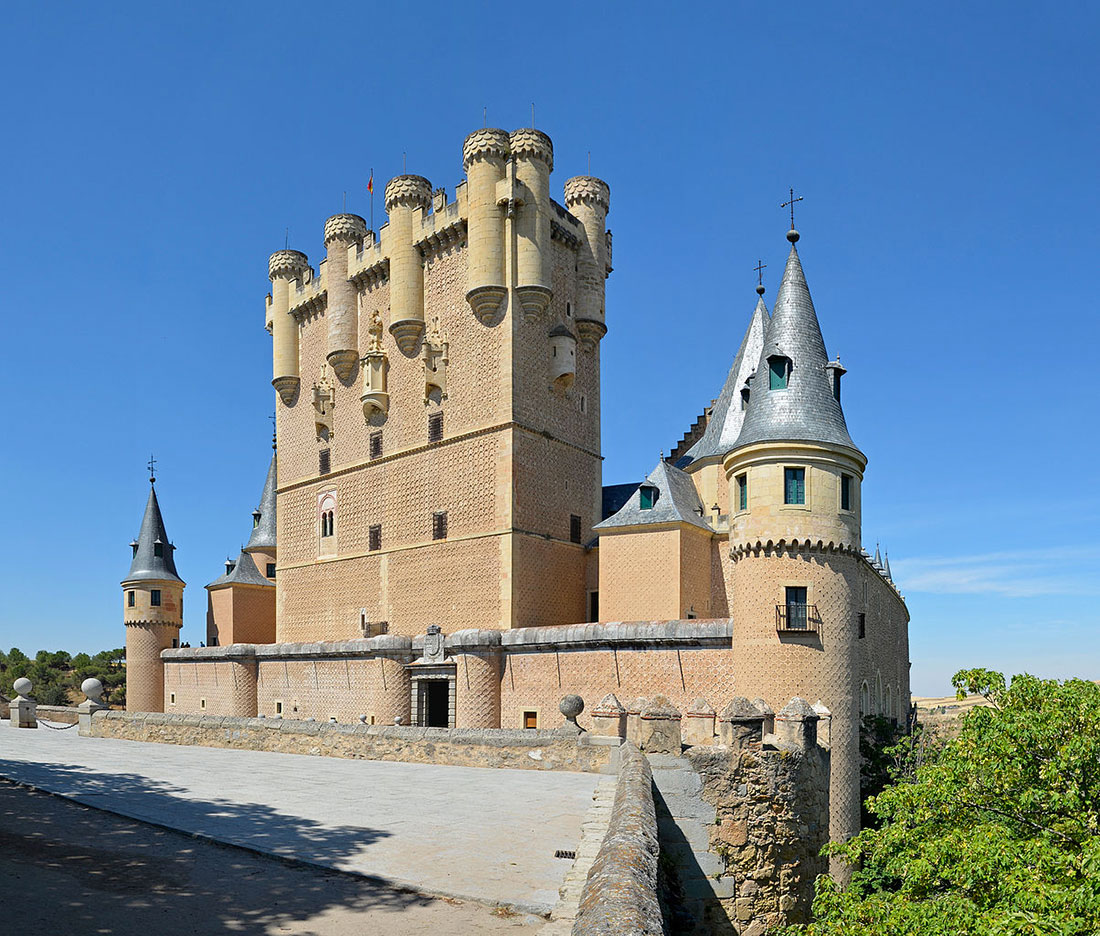
The building used to be a state prison for nearly two centuries before King Charles III established the Royal Artillery School within the ancient walls in 1762. The Alcazar functioned in this capacity until it was badly damaged by fire in 1862. In 1896, it was transferred to the Ministry of War as a military school, and today it serves as a museum and military archive building.
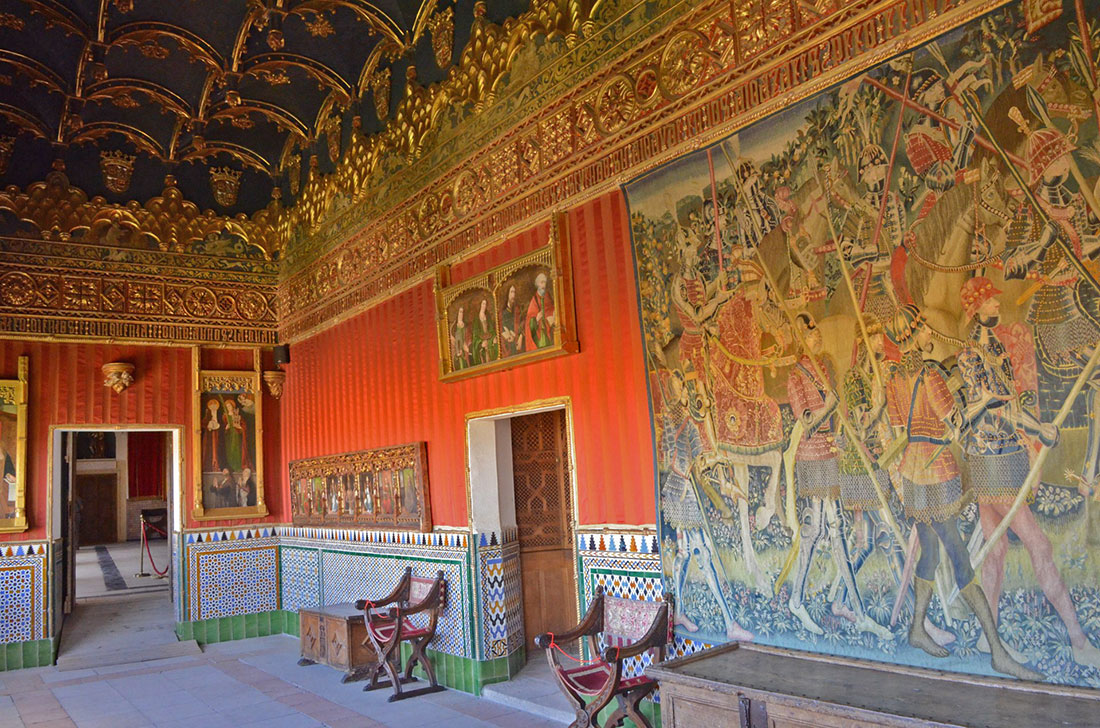

The interior of the Alcazar of Segovia does not disappoint: among its highlights are a stunning fortress, a square with four towers, a hall with gabled beams and double windows, and richly decorated Mudéjar rooms

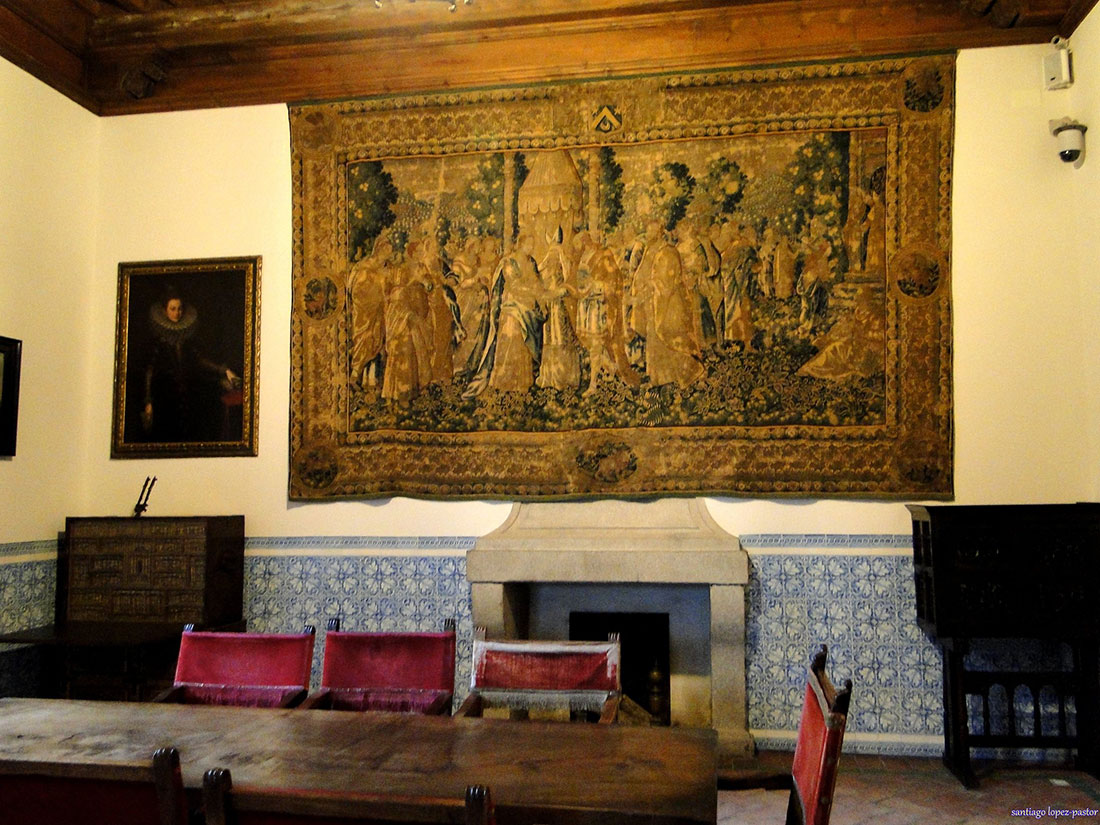
The Alcazar of Segovia, with its pointed spiers, was one of the few buildings that inspired Walt Disney to create the iconic fairy tale castle that children and adults all over the world can easily recognize today
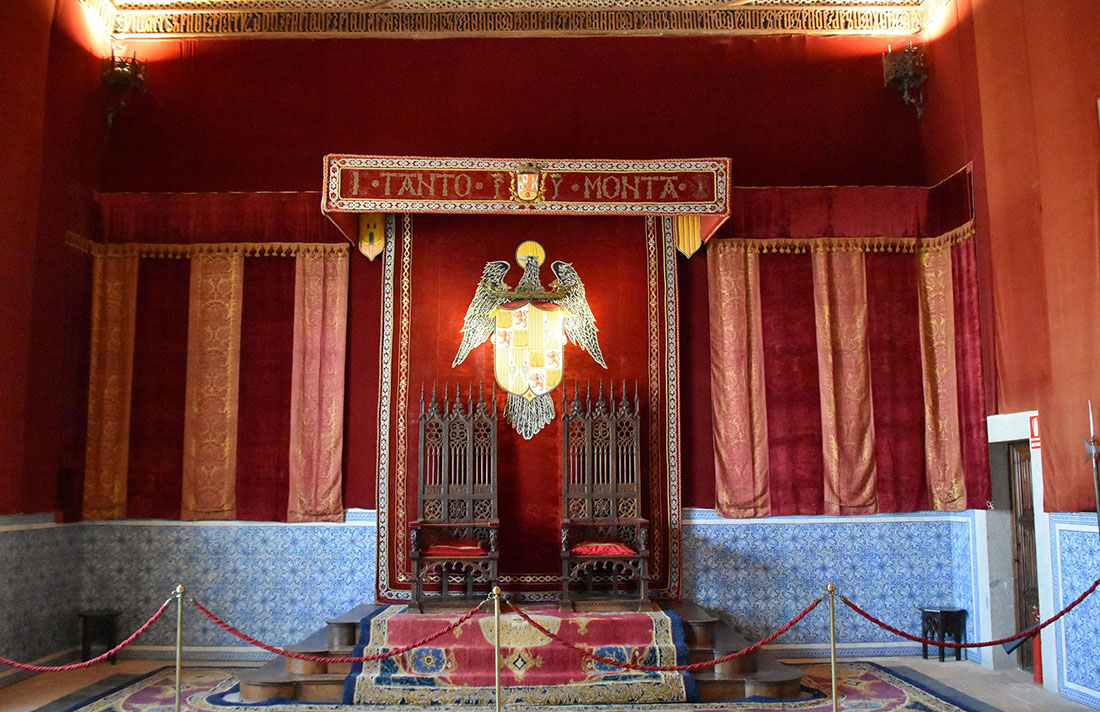

The Alcazar of Segovia was listed as a UNESCO World Heritage Site in 1985.


